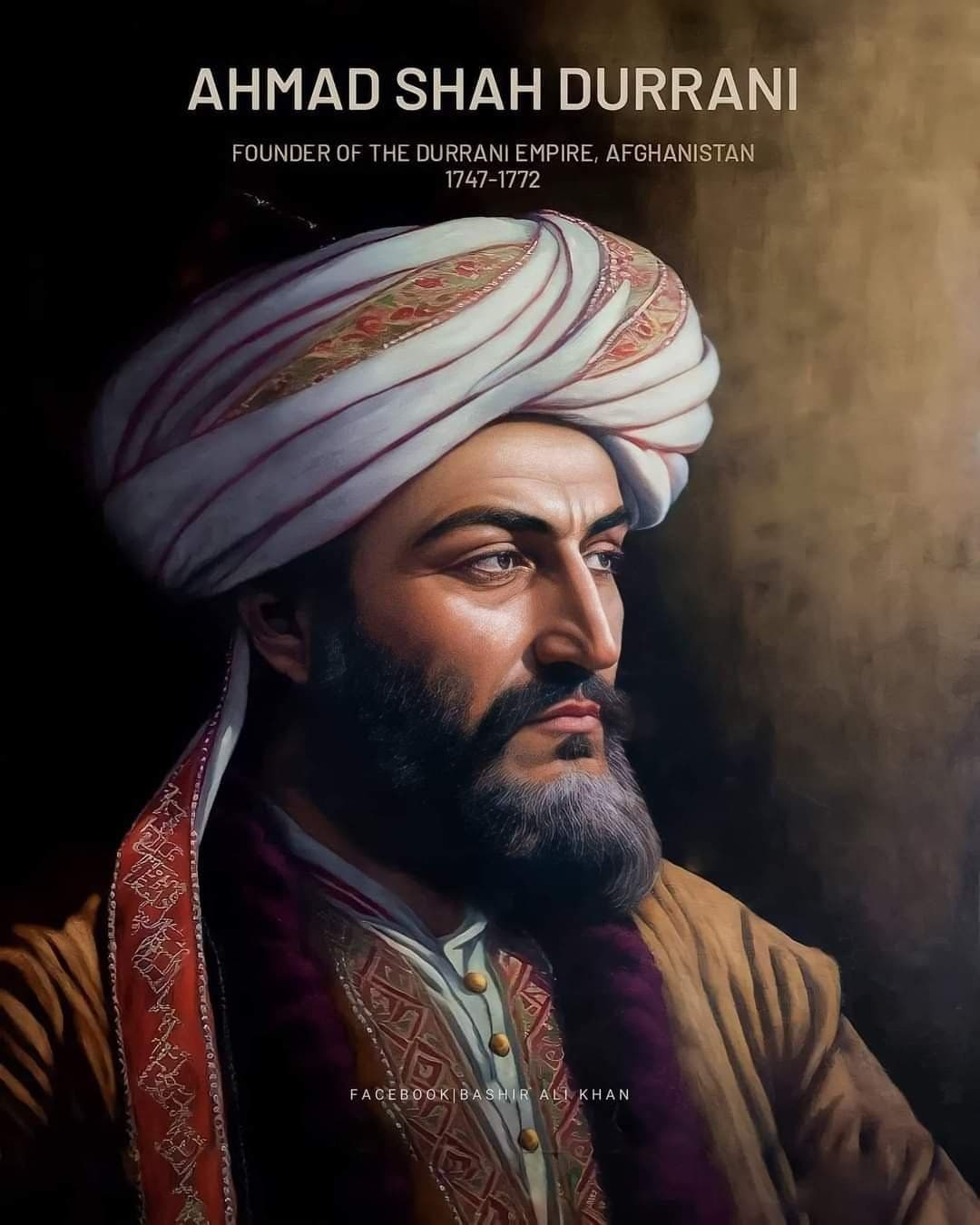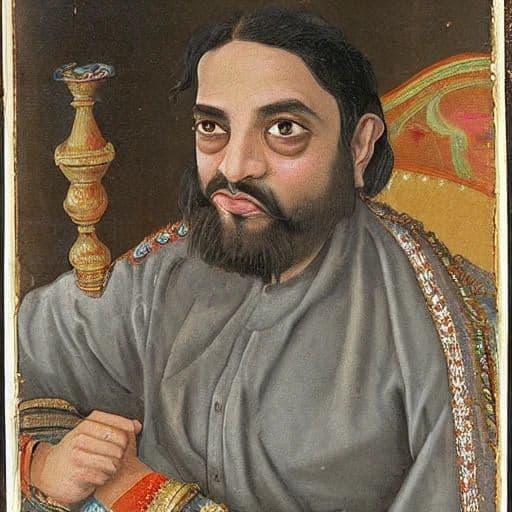Ahmed Shah Durrani

Another major myth, used to spin a narrative of an insurmountable Durr-E-Durrani whose rush in India is now notorious only for the atrocities by his hordes.
The Durranis miserably failed in their Indian endeavours and we are going to burst the Islamist lie of the Invincibility of Ahmed Shah Durrani. Here, the word “incursion” will be used to describe the raids of the marauding Afghans as invasions tend to be permanent.
In the 1st Incursion (Early 1748) itself the arriviste was soundly defeated and forced to pack back. In the 2nd Incursion (1748 — 1749) he was bought off by Mir Mannu and no battle took place. The Durrani cackled back without any decisive result.
In the 3rd Incursion (1751 — 1752) he was nearly defeated by the bare parochial Governor Mir Mannu till owing to the lack of finances from the Imperial Mughal Darbar, he submitted on being out-manoeuvred.
In the 4th Incursion (1755 — 1756), minimal resistance was offered by the nigh-defunct and feeble Mughal Darbar. This incursion was nothing more than a bigot extortionist iconoclast mass- murderer’s usual outing. Yet there were a range of heroic battles waged by the gallant Jats and valorous Marathas keeping this intruder at bay. The Durranis lost over 9,000 men; eventually the Allies had to retreat due to the huge numbers of the Durrani horde. The legendary Sadhus battling at Gokul need no preface.
The Rohillas under Najib- Ud- Daulah who commandeered Delhi Darbar with Shah Durrani’s patronage were also latterly crushed and cast out of Delhi by the advancing Marathas and the Central Asians were chased & slaughtered till the confines of Afghanistan (Atakepar Zendhe). In the 5th Incursion (1759), the ablest of the Durrani war-leaders, Jahan Khan Popalzai and Khushal Khan Khatak were severely quashed and massacred. Thousands of the elite Durrani troops were butchered like chickens.
In the 6th Incursion (1759 — 1761) which contained the only real battle of his career in India, Ahmed Shah Durrani won ONLY after a tooth-and-nail struggle owing to the misapprehensions and underestimation on Marathas’ own behalf stemming from sheer disdain of this empty horde. Also, the Durranis were the poorest players in the battles as well as dealing casualties, it was the Rohillas who proved the lesser imminence and Marathas exacted their revenge by conducting a nearly complete genocide of this accursed clan.
The mediocre forces of Ahmed Shah only ‘won’ this battle because his adversaries were majorly outnumbered and hugely famished. Infact, the campaign can hardly be branded as a win for the original plan to crush the Marathas and conquer their strongholds and rule Delhi fell apart. The so called “victor” vanquished, abandoning his allies to the clutches of the vengeful Marathas and never turned back to Delhi.
As the Panipat Campaign was being conducted, the rising Sikhs were ruining the Durrani homes with full vigour.
In the 7th Incursion (1762 — 1763), the Durranis return to Panjab where they carried out a swift massacre of the entangled Sikh civilians, just like they did back in 1757, in the infamous “Vadda Ghulla- Ghara”. Brutal atrocities were committed wantonly, but the stoic Sikh soldiers heroically retaliate themselves and showcase their might by defeating the tabernacle-violating Durranis in multiple battles.
In the 8th Incursion (1764), Abdali’s corrective crusade against the potent Sikhs is effectively a failure as the determined Sikhs successfully shirk his hobbies and deal blow after blow to the vile defilers of humanity.
We therefore find that within 3 years of Panipat battle, the so‐called great general and military genius of Afghanistan carrying like an ordinary despoiler and persecutor lost his Panjab dominions with complete defeat gaping him in the face during his 7th irruption owing to the sweats of the Sikhs and heavy casualties inflicted by the Marathas.
The 9th Incursion of Punjab( 1767) was one where he suffered one of the most humiliating reverses of his careers, where he was reduced to parlor tactfulness while his own troops eventually revolted and the Shah Durrani had go return back as he was maltreated severely by the Khalsa coalition. The Sikhs would latterly go on a trailblaze and come one of the most important Conglomerates of North India in the coming many times and repulse the Durranis.
All his bravado away, the Durranis could never directly face the combined might of the main Hindu armies at their high anyway. The grand coalition b/w the Marathas, Jats and Rajputs made him flee India in 1761 and the heathen got saved.
On the other hand, in the mainland India, Marathas would revitalize their military prowess and influence vastly and therefore abate the’ palpable’ damage entered during their crusade. They would go, on under the illustrious leadership of the Mahadji Shinde, and foil successive attempts of the later Durranis to repeat 1757.
After returning to Afghanistan, Abdali was suffering the last stages of an illness that had long devitalized him, as his face was eaten down by what the Afghan sources call a ‘gangrenous ulcer’, conceivably leprosy or some form of tumour.

Soon after his Panipat endeavour, Abdali’s disease began consuming his nose, and a diamond- speckled cover was attached in its place. By 1772, maggots were dropping from the upper part of his putrefying nose into his mouth and his food as he ate. The tumour soon boosted, ruining his brain, spreading to his casket and throat, and incapacitating his branches. Having desponded of chancing a cure, he took to his bed in the Suleiman hills, where he had gone to escape the summer heat of Kandahar.
Ref: